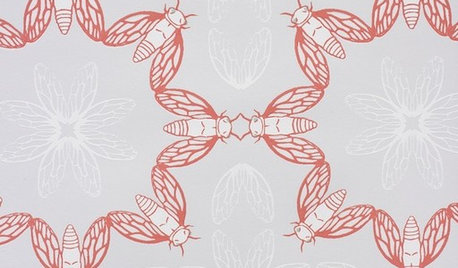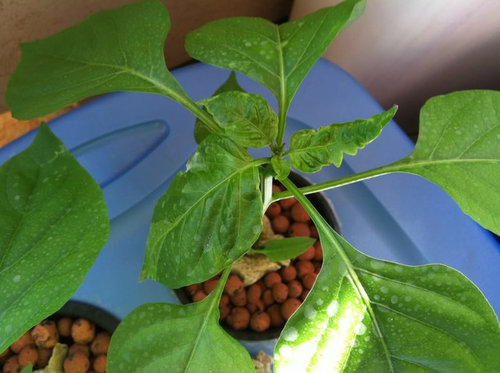Bug Diagnosis please
ethnobotany
12 years ago
Related Stories

GARDENING AND LANDSCAPINGPorch Life: Banish the Bugs
Don't let insects be the bane of your sweet tea and swing time. These screening and product ideas will help keep bugs at bay on the porch
Full Story
GARDENING AND LANDSCAPINGBid Bad Garden Bugs Goodbye and Usher In the Good
Give ants their marching orders and send mosquitoes moseying, while creating a garden that draws pollinators and helpful eaters
Full Story
GARDENING AND LANDSCAPINGBreezy and Bug-Free Modern Porches
Screening keeps pests out of these diverse porches across the U.S., while thoughtful designs keep them visually appealing
Full Story
EARTH DAYHow to Help Your Town’s Beneficial Birds and Bugs
Make a habitat using local materials to provide a home to the creatures that help our gardens
Full Story
PRODUCT PICKSGuest Picks: Decor to Make Your Eyes Bug Out
Insects are marching to a different tune these days, showing up on knobs, teapots and even tablecloths
Full Story
UPHOLSTERYThe Perks and Perils of Reupholstering Old Furniture
Secondhand upholstered pieces can add character to a room, but beware of bugs, snakes and hidden costs
Full Story

PRODUCT PICKSGuest Picks: Bedroom Decor a Little Boy Will Love
Set him up in a room filled with airplanes, maps and a bug or two, and you’ll be set for decor for years
Full Story
EXTERIORSCurb Appeal Feeling a Little Off? Some Questions to Consider
Color, scale, proportion, trim ... 14 things to think about if your exterior is bugging you
Full Story
GARDENING AND LANDSCAPINGScreen the Porch for More Living Room (Almost) All Year
Make the Most of Three Seasons With a Personal, Bug-Free Outdoor Oasis
Full StorySponsored
Columbus Area's Luxury Design Build Firm | 17x Best of Houzz Winner!
More Discussions








joe.jr317
ethnobotanyOriginal Author
Related Professionals
Bridgetown Landscape Architects & Landscape Designers · Erie Landscape Architects & Landscape Designers · Foothill Ranch Landscape Architects & Landscape Designers · Havre de Grace Landscape Architects & Landscape Designers · Lake Oswego Landscape Architects & Landscape Designers · Saint Louis Park Landscape Architects & Landscape Designers · East Patchogue Landscape Architects & Landscape Designers · Bellefontaine Neighbors Landscape Contractors · Cordele Landscape Contractors · Crystal Landscape Contractors · El Mirage Landscape Contractors · Gaithersburg Landscape Contractors · Paterson Landscape Contractors · Saint John Landscape Contractors · Seven Hills Landscape Contractorsjoe.jr317
joe.jr317
grizzman
ethnobotanyOriginal Author
homehydro
ethnobotanyOriginal Author
homehydro
joe.jr317
ethnobotanyOriginal Author